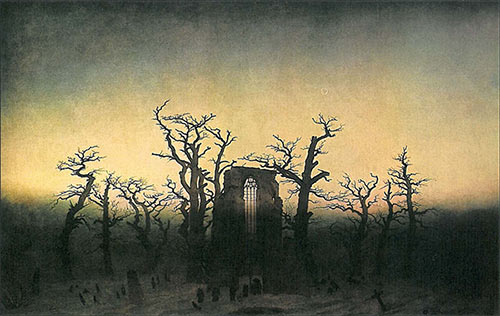 What is the sign of the modern person? Cause and effect have become reversed: like buying products on a shelf, the modern person expects to see the effect he wants, purchase it, and have substituted that action for causing what he desires.
What is the sign of the modern person? Cause and effect have become reversed: like buying products on a shelf, the modern person expects to see the effect he wants, purchase it, and have substituted that action for causing what he desires.
In music, you either stand for what you believe because you think the music embodies the cause of values you desire, or you choose music as an accessory or effect to make yourself look cool, and hope that by changing your appearance, you become cool.
This is why people who are reversed (confused cause and effect) are always ironic. For them, the music is an accessory to make themselves look good, and so when that fails, they backpedal. The best backpedaling is not to reverse your opinion — “Oh no, I don’t like that at all” — but to keep a foot in both worlds: “I just like that ironically.”
The ironists are ultimately a sad bunch, because they cannot enjoy what they claim to believe in. They believe in nothing, except themselves, and only then in a past tense and not a future tense, as in “I will achieve things.” They want to borrow cool from things they buy or know, but don’t actually like themselves.
In the 80’s music was quite tribalistic. Those who grew their hair long and listened to metal incurred the ridicule of those with spiky hair and synthesisers. It was a complete lifestyle and those who bought into it lived it 24/7.
Looking at all the guys in wigs and spandex, I was struck by how we now accept that you can buy into a lifestyle at whim, experiencing the external signifiers for a night, but not having any long term involvement. It’s all very ironic, and it is irony that now allows us to have an escape clause for just about anything. Rather than risk looking foolish we can just say the magic word ‘irony’. Is everything all about external signifiers and short term experience these days? – Sunsaria Music
They’re afraid of looking foolish, of believing in anything, of taking a stand. On the other hand, music that stands for what it believes attracts fans who feel the same way. These are the groups that invent everything. The ironists then recombine it, parrot it, vamp off it, but give nothing back.
If you want to know the difference between True MetalTM and ironist hipster metal, this is it: the ironists are afraid to stake a claim, stand up for an idea, and defend it. True MetalTM is composed of pure idea and a desire to make it real.
No Comments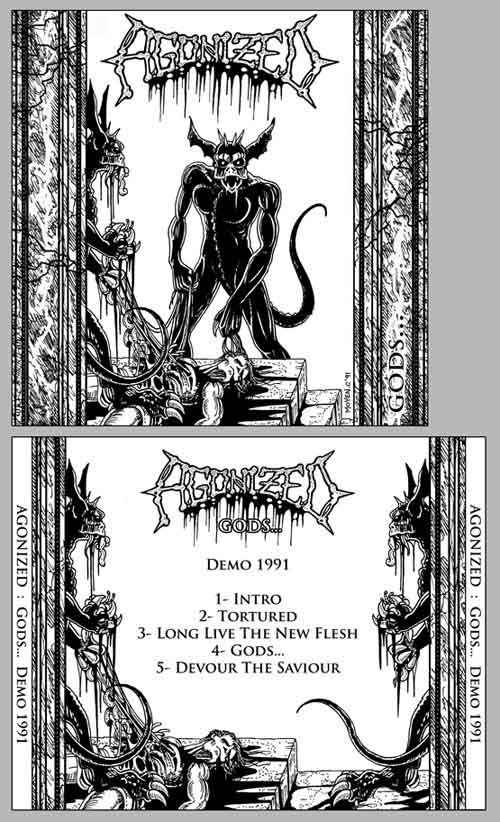 Agonized’s 1991 demo, “Gods…”, has been restored at the local professional studio. Noise has been removed and worst odd tape anomalies filtered but the demo has not been remastered or has its sound changed in any other way. It sounds as muddy and bad and sinister it ever was in 1991.
Agonized’s 1991 demo, “Gods…”, has been restored at the local professional studio. Noise has been removed and worst odd tape anomalies filtered but the demo has not been remastered or has its sound changed in any other way. It sounds as muddy and bad and sinister it ever was in 1991. What is the sign of the modern person? Cause and effect have become reversed: like buying products on a shelf, the modern person expects to see the effect he wants, purchase it, and have substituted that action for causing what he desires.
What is the sign of the modern person? Cause and effect have become reversed: like buying products on a shelf, the modern person expects to see the effect he wants, purchase it, and have substituted that action for causing what he desires.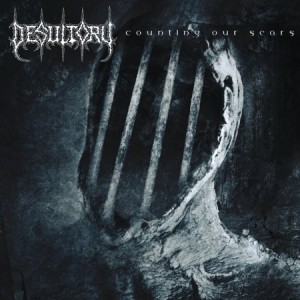 The term “melodic death metal” has lost all meaning with the rise of its postmodern form, which is essentially heavy metal or power metal (speed metal + later heavy metal) with death vocals, played at twice normal speed and using tuning and mode to achieve a melodic sound. The genre often fails because in an effort to deliver lots of those sweet ripping melodic moments, it renders itself uniform and thus passes like sonic wallpaper.
The term “melodic death metal” has lost all meaning with the rise of its postmodern form, which is essentially heavy metal or power metal (speed metal + later heavy metal) with death vocals, played at twice normal speed and using tuning and mode to achieve a melodic sound. The genre often fails because in an effort to deliver lots of those sweet ripping melodic moments, it renders itself uniform and thus passes like sonic wallpaper.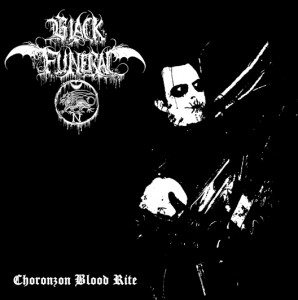 Black Funeral – “Choronzon Blood Rite” MCD
Black Funeral – “Choronzon Blood Rite” MCD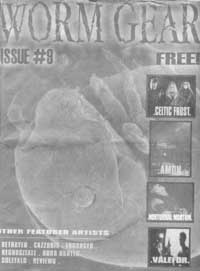
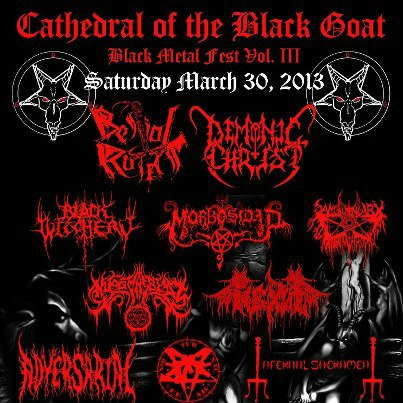 Saturday, March 30th 2013
Saturday, March 30th 2013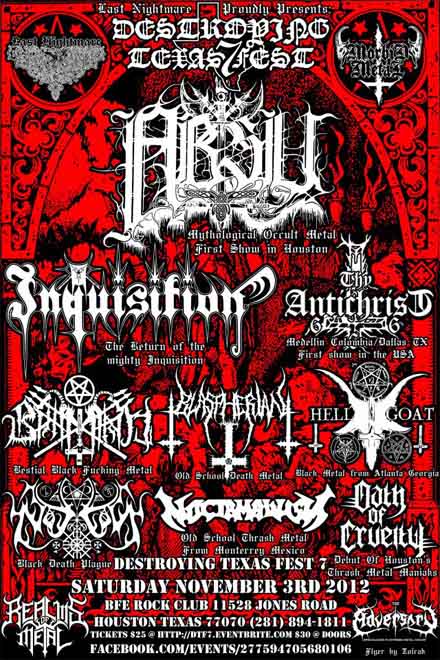 DESTROYING TEXAS FEST 7
DESTROYING TEXAS FEST 7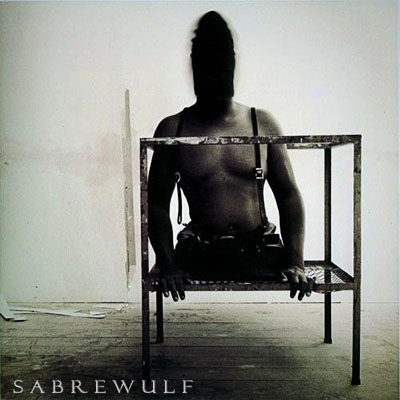
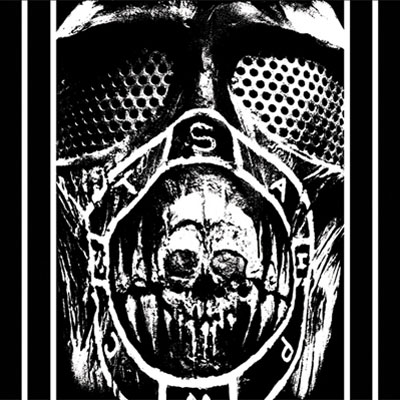 In the intersection between harsh industrial noise and blasting war metal/grindcore, Intolitarian carves a place for itself by being unique in its absolute inferno of abrasive sound. These two tracks contain rasping vocals over abrasive waves of noise that sound like a high-tuned bass played through a storm of distortion, spaced out with loudspeaker spoken word designed to evoke a futuristic totalitarian feeling.
In the intersection between harsh industrial noise and blasting war metal/grindcore, Intolitarian carves a place for itself by being unique in its absolute inferno of abrasive sound. These two tracks contain rasping vocals over abrasive waves of noise that sound like a high-tuned bass played through a storm of distortion, spaced out with loudspeaker spoken word designed to evoke a futuristic totalitarian feeling.